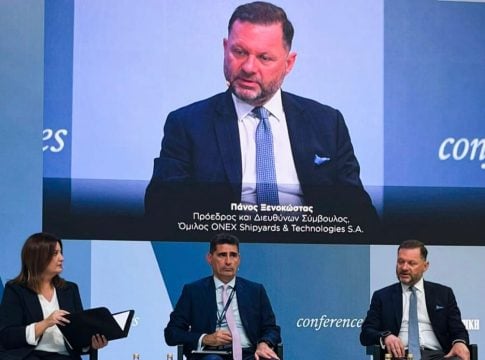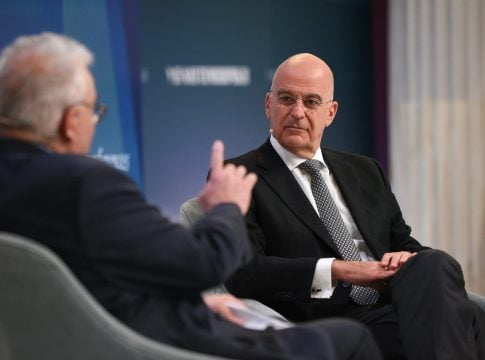The return of the average salary in the private sector to the previous levels, the increase of GDP per capita, the stimulation of investments – also in real estate – so that they represent 20% of GDP and the appearance of more taxable material are the next “bets” of the economic policy.
Unemployment was recently added to the list of economic indicators that have returned to pro-memoranda levels, closing a very long economic cycle after 14 years. From 2009 until now, there has not been a single digit unemployment rate. GDP, based on projections, will recover in nominal terms to pre-memoranda levels in 2024 or 2025, while the recovery of the investment grade is another indication of return to the pre-memoranda period.
Of course, the list of indicators that must return to pre-memoranda levels in order to complete the “return to normality” is much more extensive. Salaries in the private sector are much lower than in 2009, while, despite the increase and the absorption of EU funds, investments have a small participation in GDP, as a result of which there is talk of the so-called “investment gap”.
Tax evasion and low wages are reflected in the declared incomes to the tax office, which fall short by at least 10-15 billion euros compared to 2009. Improving performance on these fronts is also the main objective of the economic policy for the next period of time.
Salaries: In its statements, the government has included the increase of the average salary in the private sector to the level of 1,500 euros. The achievement of the goal has been scheduled for the end of four-year term.
Taxable material: The clearing of tax returns in 2009 brought the declared income for all taxpayers above 100 billion euros. Since then, no comparable performance has been recorded. In 2024, it is estimated that more than 90 billion euros will be declared, as pension increases were given in 2023, while there was also an increase in the minimum wage.
Investments: In 2009, the so-called “gross fixed capital” participated with a rate of 20.8% in GDP. At the time, GDP was 237 billion euros and investments provided about 49 billion euros. In 2024, when it is estimated that GDP will return very close to pre-crisis levels, i.e. over 235 billion euros, the participation of investments in GDP will not be greater than 16%, as investments will not exceed 37 billion euros, despite the expected large percentage increase. This means that closing the so-called “investment gap” will require even greater mobilization to attract investment.















